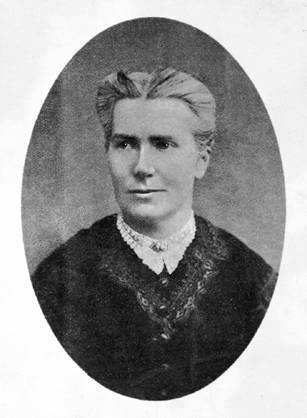March 26, 1878: The Association for the Advancement of the Medical Education of Women, a new organization seeking to increase the quality of education women physicians receive, got an encouragingly large turnout for a public meeting earlier this evening.

As of the most recent U.S. Census in 1870, there were only 525 women physicians in the country, with just 137 enrolled in medical schools at the time.
Though both figures have undoubtedly increased in the past eight years, and there are clear signs of progress, such as Dr. Sarah Hackett Stevenson becoming the first woman admitted to the American Medical Association two years ago, women physicians are still too few in number and have too little influence in the profession.
According to former Representative Robert B. Roosevelt, Democrat of New York, one of the reasons women physicians are discriminated against by the public is that it is thought they do not have the same degree of education as male physicians, so the purpose of the new organization is to assure that women have the same opportunities and training as men.
Though Roosevelt believes some of women’s health problems can be blamed on mountains of headgear, thin-soled shoes and shape-destroying corsets, he thinks most of women’s ill-health in the U.S. is due to a lack of female physicians with whom women might feel more comfortable and be more open and honest about their ailments.
The next speaker was Dr. Emily Blackwell, the third woman to earn a medical degree in the U.S., who reviewed the history of women physicians here. Her sister, Dr. Elizabeth Blackwell, got her training at New York’s Geneva Medical College, where upon graduation in 1849, she became the first woman to earn a medical degree in the U.S. Despite her sister graduating at the top of her class, the college ended its “experiment” and began admitting only men again.
After Elizabeth applied for a position at a dispensary and was refused, she, her sister Emily, and Marie Zakrzewska established a small twelve-bed women’s hospital, now known as the New York Infirmary. By this time there were two or three small medical colleges for women, but no facilities for clinical training, so their infirmary filled this need. Some of those who trained there went on to found the three largest women’s hospitals in the nation.
In 1868, Dr. Elizabeth Blackwell founded the Women’s Medical College, next to her New York Infirmary.
Though some wonder whether women who graduate from medical schools will use the learning they have acquired, a look at the history of those first Women’s Medical College graduates should dispel any doubt.
Most of the forty-six are still in the profession: six are wives of physicians and in practice with their husbands; four are in practice with their fathers; five are missionaries, one of whom established a hospital for women in Eastern Asia; seven are now studying at universities in Europe; two have passed examinations for hospital appointment and one is a member of Mount Sinai’s medical staff.
According to Dr. Dorman P. Eaton, the Association for the Advancement of the Medical Education of Women is not the first organization of its kind. There was one with similar goals formed in Boston in 1849 and another in Philadelphia in 1850.
But this group should have much greater success, because times have changed, and there is greater acceptance of women in medicine now.
Women have been admitted to many prestigious medical schools in Europe, and the battle for acceptance in New York State is virtually over. But there is still a long way to go in other parts of the country, so all who believe in equality for women—in medicine and elsewhere—must continue to work toward that goal until it is achieved.





